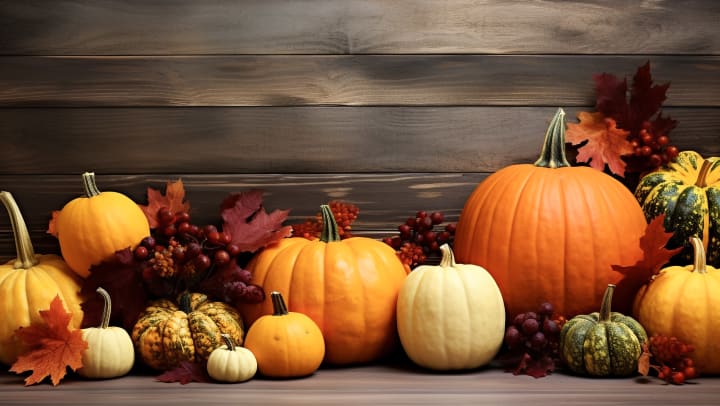As the vibrant shades of summer gradually give way to the rich and warm tones of autumn, gardening enthusiasts eagerly await fall to breathe new life into their outdoor spaces. Fall gardening is a fantastic pastime that offers the chance to revive and refresh your garden after the summer heat.
Below are top tips for seasonal planting and care, ensuring your garden flourishes during this transitional period.
Choose the Right Plants
Fall is ideal for planting perennials, bulbs, and cool-season annuals. These plants thrive in the cooler temperatures and shorter daylight hours of autumn. Some excellent choices include mums, beets, pansies, parsley, asters, peas, and ornamental kale. Additionally, consider planting spring-blooming bulbs like tulips and daffodils for a burst of color next year.
Prepare the Soil
Healthy and well-prepared soil is the foundation of a thriving garden. Before planting, assess your soil's condition and make any necessary amendments. Add organic matter, such as wood shavings, compost, or well-rotted manure, and straw animal bedding to improve soil structure and fertility. This will provide crucial nutrients to your plants and improve water retention.
Mulch for Insulation
Mulching is a crucial practice during fall. Apply a layer of mulch evenly around your plants to help insulate the soil and regulate temperature fluctuations. This not only protects the roots from extreme temperature swings but also reduces weed growth and conserves moisture.
Water Wisely
Proper watering is essential for fall gardening success. While the weather may be cooler, your plants still require consistent moisture. Water deeply and regularly to encourage root growth. Early morning is the best time to water, as it allows the soil to absorb moisture before the day warms up.
Prune and Deadhead
Pruning and deadheading are vital tasks during the fall. Remove spent flowers and any dead foliage to encourage new growth. This will also tidy up your garden and enhance its overall appearance.
Protect from Frost
As temperatures drop in the fall, frost can pose a threat to your plants. Be prepared to cover delicate plants with frost cloth or row covers when frost is forecasted. Alternatively, you can bring potted plants indoors or into a garage overnight to shield them from freezing temperatures.
Plan for Spring
Fall is an excellent time to plan for the following spring. Take notes on what worked well in your garden and what didn't. Consider rearranging or adding new plants to improve the layout. You can also start planting spring-blooming bulbs for a spectacular display once winter retreats.
Keep an Eye on Pests and Diseases
Fall is not immune to garden pests and diseases. Monitor your plants frequently for signs of trouble. Early detection and intervention can prevent infestations and the spread of diseases. Opt for organic pest control methods if possible.
Attract Pollinators
To ensure your garden thrives, it's essential to attract pollinators like bees and butterflies. Planting fall-blooming flowers, such as, sedum, asters, and goldenrod will provide nectar for these valuable insects. A diverse range of pollinators will help fertilize your plants and promote a healthy ecosystem.
Enjoy the Harvest
Celebrate your efforts. Fall is a harvest season, and many gardeners reap the rewards of their hard work during this time. Whether you're picking apples, harvesting pumpkins, or gathering a bounty of vegetables, take the time to appreciate the delectable yields from your garden.
Nurture Your Fall Garden into an Oasis of Natural Beauty
Fall gardening is a satisfying activity that allows you to revive your outdoor space and prepare for the seasons ahead. By carefully selecting the right plants, tending to your soil, and following the tips for seasonal care mentioned above, you can ensure a flourishing garden that remains beautiful throughout autumn and sets the stage for a stunning spring.

